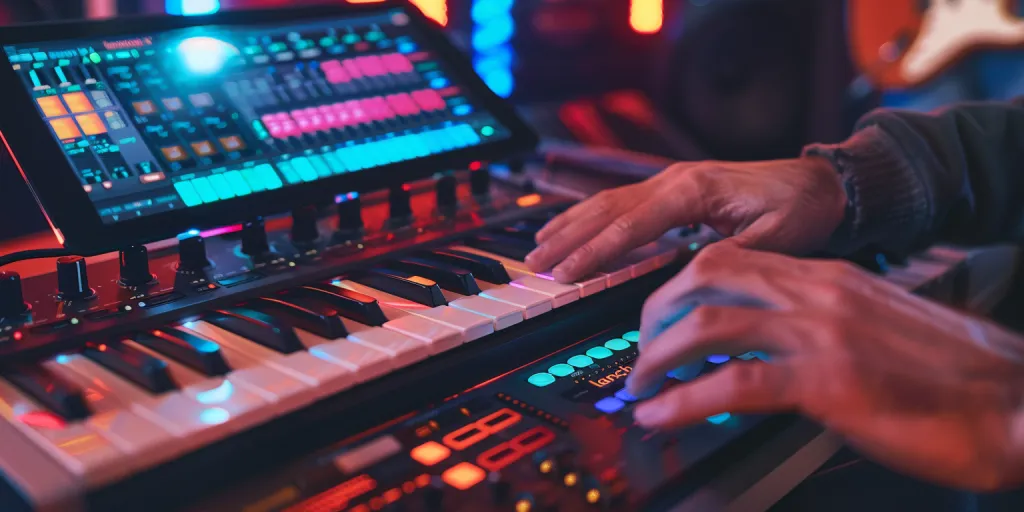The landscape of music production has evolved dramatically, with beat makers becoming an indispensable tool for artists across genres. This guide delves into the intricacies of beat makers, offering insights into their operation, advantages, and how to harness their full potential. Whether you’re a seasoned producer or a budding musician, understanding the world of beat makers is essential in the digital age.
Table of Contents:
– What is a beat maker?
– How does a beat maker work?
– Benefits and drawbacks of a beat maker
– How to choose a beat maker
– How to use a beat maker
What is a beat maker?
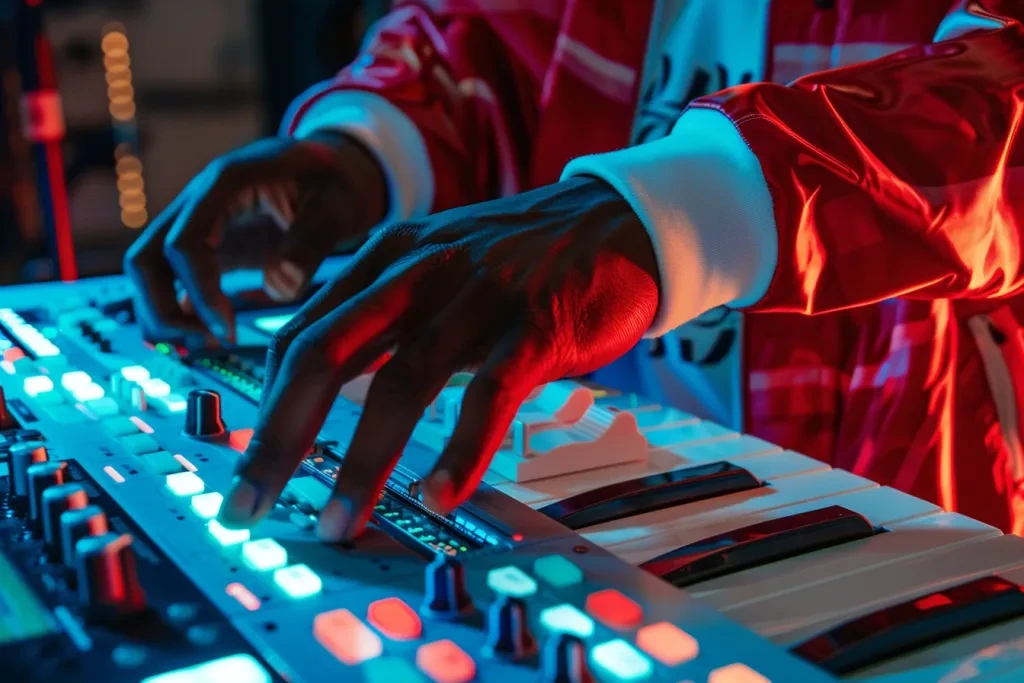
A beat maker, at its core, is a software or hardware tool designed for music production, specifically for creating, editing, and arranging rhythms and beats. It serves as the backbone of modern music production, enabling producers to craft complex musical pieces with precision and creativity. Unlike traditional musical instruments, a beat maker incorporates a vast array of sounds and functionalities, allowing for endless possibilities in sound creation.
The evolution of beat makers has been significant, transitioning from simple drum machines to sophisticated digital audio workstations (DAWs) that offer comprehensive production capabilities. These tools not only facilitate rhythm creation but also provide a platform for composing entire tracks, incorporating various musical elements such as melodies, harmonies, and basslines. The versatility and accessibility of beat makers have democratized music production, making it accessible to a wider audience with diverse musical backgrounds.
Beat makers vary widely in complexity, from intuitive apps designed for beginners to professional-grade software that requires a deep understanding of music production principles. This range ensures that there is a beat maker out there for every type of user, regardless of their technical skills or musical aspirations. The key lies in finding the right tool that resonates with one’s creative vision and workflow.
How does a beat maker work?
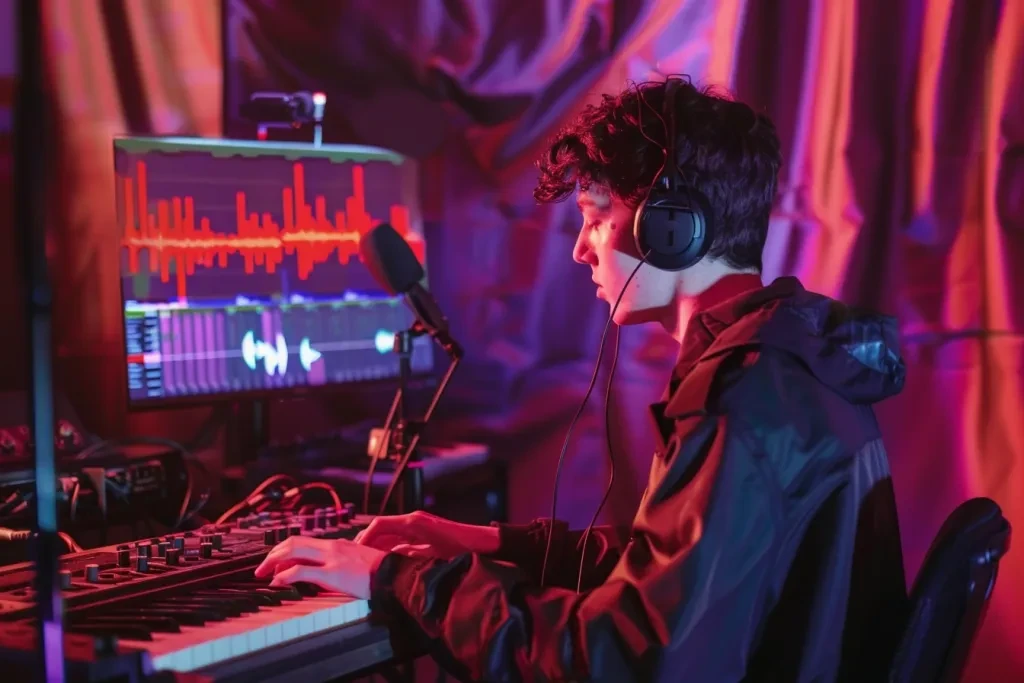
At its most basic level, a beat maker operates by allowing users to sequence sounds in a time-based grid known as a step sequencer. Each square or step in the grid represents a specific point in time, enabling producers to place sounds precisely where they want them to occur in the beat. This methodical approach to sound arrangement is what makes beat makers particularly effective for rhythm creation.
Advanced beat makers incorporate a wide range of functionalities beyond simple sequencing. They often include a library of sounds and instruments, from classic drum kits to exotic percussion, as well as synthesis capabilities for creating unique sounds. Users can manipulate these sounds through various effects and processing tools, such as reverb, delay, and compression, to achieve the desired sonic characteristics.
Moreover, modern beat makers often feature MIDI integration, allowing for the connection of external instruments and controllers. This expands the creative possibilities, enabling producers to input melodies and rhythms using a more tactile approach. Additionally, many beat makers offer audio recording capabilities, allowing users to incorporate live instruments and vocals into their productions, further blurring the lines between digital and analog music creation.
Benefits and drawbacks of a beat maker
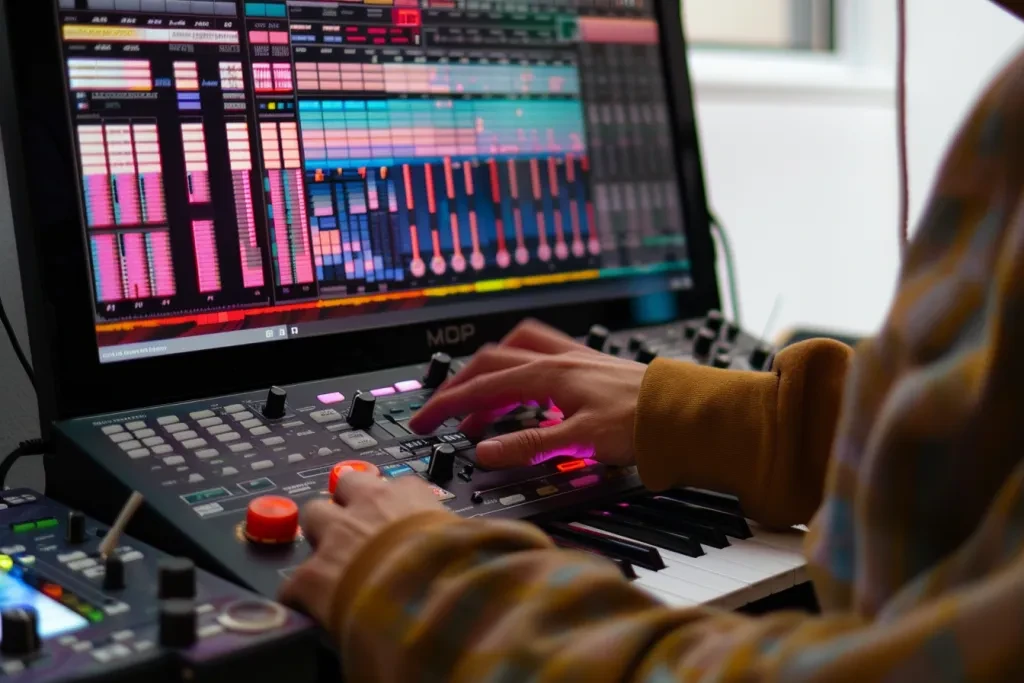
The benefits of using a beat maker are manifold. Firstly, they offer unparalleled convenience and efficiency in music production. With a beat maker, producers can quickly sketch out ideas, experiment with different sounds, and refine their creations with precision. This immediacy is invaluable in the fast-paced world of music production, where capturing a moment of inspiration can make all the difference.
Another significant advantage is the accessibility it provides. Beat makers have lowered the entry barrier to music production, enabling individuals without formal musical training or access to expensive instruments to express themselves musically. This democratization of music creation has led to a surge in diversity and innovation within the industry.
However, there are also drawbacks to consider. The ease of use and accessibility of beat makers can sometimes lead to a homogenization of music, with many producers relying on similar sounds and patterns. This can stifle creativity and originality if not approached with a mindful strategy of sound selection and customization.
Additionally, the learning curve for more advanced beat makers can be steep, potentially discouraging beginners. While many tools are designed with user-friendliness in mind, mastering the full range of functionalities requires time and dedication.
How to choose a beat maker
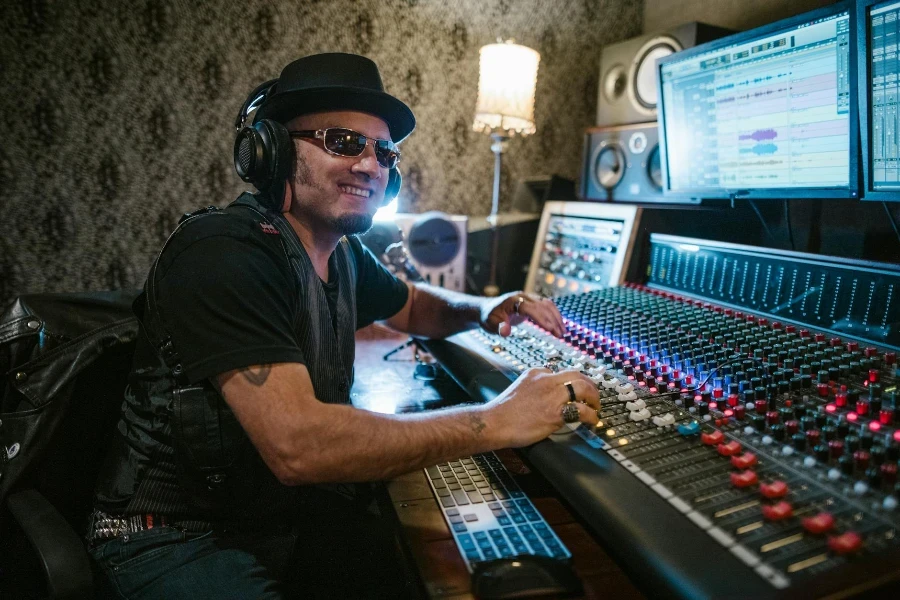
Selecting the right beat maker is a critical decision that can significantly impact your music production journey. The first step is to assess your level of experience and your specific needs. Beginners might prefer a beat maker with an intuitive interface and built-in tutorials, while experienced producers may seek advanced features like extensive sound libraries and detailed editing capabilities.
Consider the genre of music you intend to produce. Certain beat makers are tailored towards specific styles, offering sounds and functionalities that align with particular musical aesthetics. Researching and testing different options can provide valuable insights into which tool best suits your creative vision.
Budget is another important consideration. While many high-quality beat makers are available for free or at a low cost, investing in a professional-grade tool might be worthwhile for those serious about their craft. Look for a balance between cost and functionality, ensuring that you get the best value for your investment.
How to use a beat maker
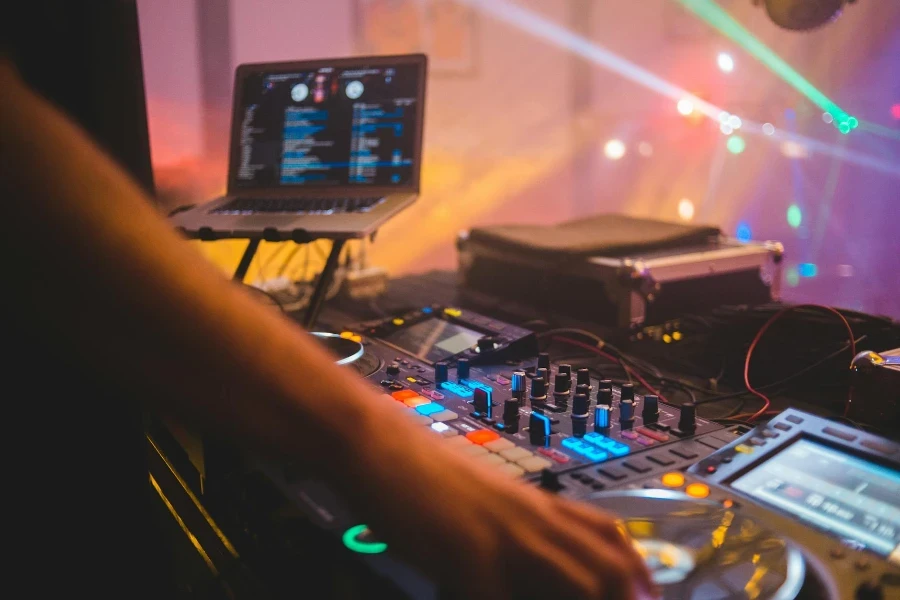
Getting started with a beat maker involves a blend of technical knowledge and creative experimentation. Begin by familiarizing yourself with the interface and basic functionalities. Most beat makers follow a similar structure, with a main window for arranging sounds, a library where you can select instruments and samples, and panels for adjusting settings and applying effects.
Start by laying down a basic rhythm, experimenting with different drum sounds and patterns. Once you have a solid foundation, you can begin adding other elements like basslines, melodies, and harmonies. The key is to iterate and refine, adjusting levels, tempo, and effects until you achieve the desired sound.
Don’t be afraid to explore the full range of features your beat maker offers. Experimenting with sound design, sampling, and MIDI integration can uncover new creative possibilities and enhance your productions. Additionally, many communities and online resources are available to learn from other producers and share tips and tricks.
Conclusion
Beat makers have revolutionized music production, offering tools that blend technical innovation with creative expression. By understanding how they work, their benefits and drawbacks, and how to choose and use the right one, you can unlock new dimensions in your music creation process. Whether you’re crafting beats for a global audience or simply exploring musical ideas, a beat maker is a powerful ally in your artistic journey.
